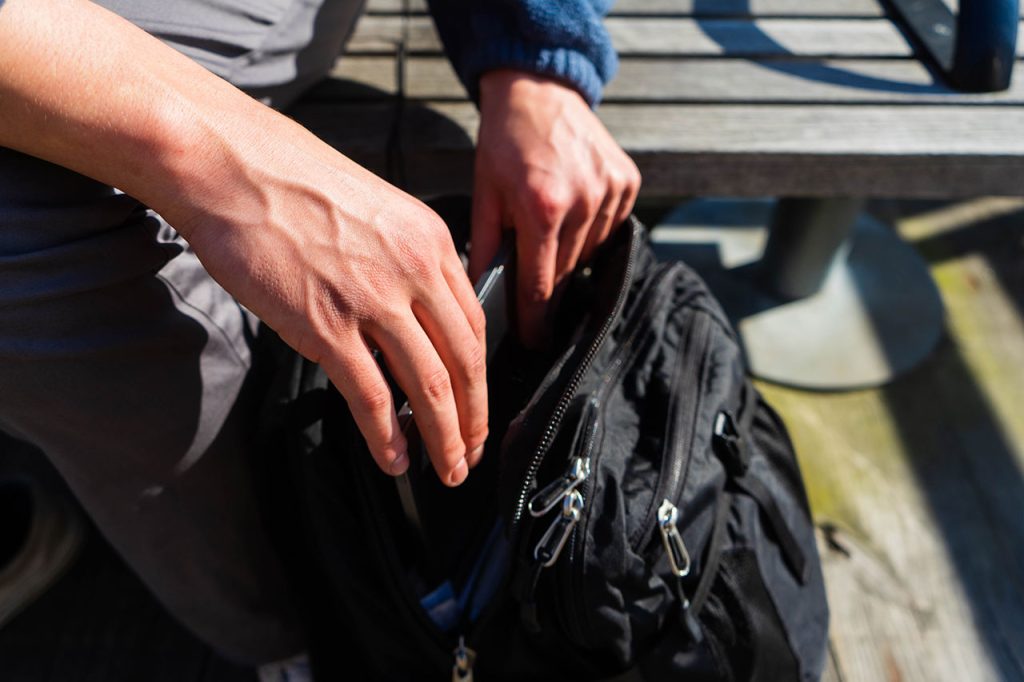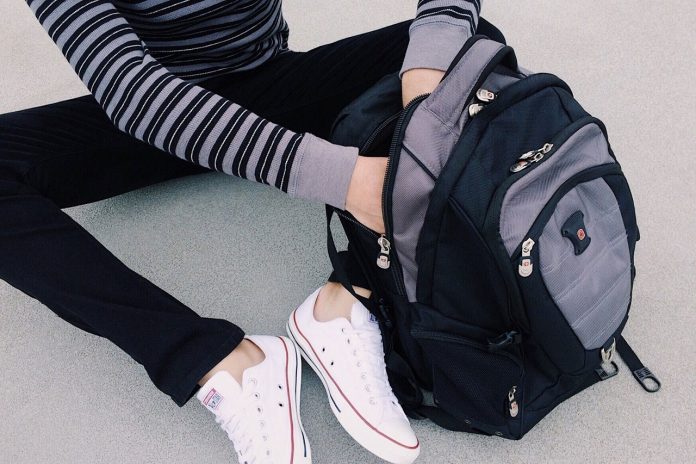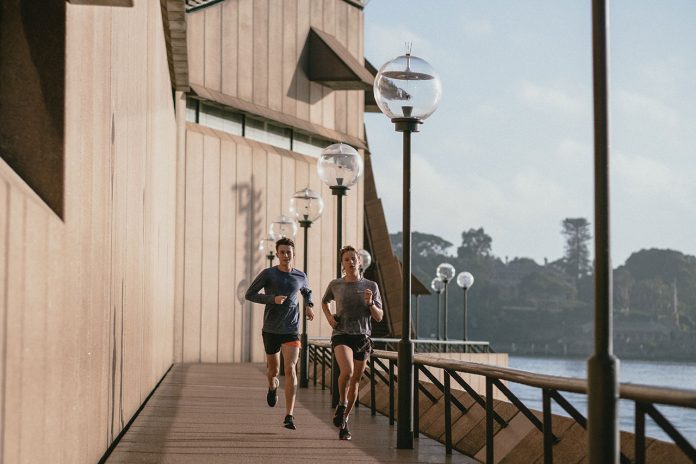A reliable running backpack lets you carry hydration, nutrition, gear, and valuables on your jogs and trail runs comfortably and hands-free. With many factors to consider from fit to features, selecting the best-running backpack for your needs requires research. Follow this comprehensive guide for choosing a high-quality backpack designed for runners.
Table of Contents
You may also want to know: The Complete Guide to Start Running for Better Health
Assess the Fit of Running Backpack
A running backpack must fit snugly to minimize shifting and bouncing during workouts. Consider these ideal fit factors:
- Torso length – Match the pack’s back panel height to your torso length for optimal positioning. Measure from your C7 vertebrae to your iliac crest.
- Harness straps – Shoulder straps should fit close to your body without chafing armpits. Sternum and waist straps enhance stability.
- Profile – Seek a lightweight, body-hugging pack rather than a bulky one. Streamlined equals less movement.
- Adjustability – Packs with diverse strap and torso adjustments suit more body sizes.

Prioritize Ventilation
Ventilation and breathability keep you cooler during sweaty runs. Useful features aiding airflow include:
- Mesh shoulder straps – Open mesh allows evaporative cooling and minimizes irritation.
- Suspension system – Space between pack and back lets air circulate.
- Ventilated padding – Foam or mesh panels prevent the back panel from fully touching the skin.
Consider Hydration Compatibility
Hydration bladder sleeves or compartments allow carrying water hands-free:
- Bladder sleeve – Interior space fits most reservoir brands and sizes. It should hold bladders securely.
- Dedicated port and tube routing – Accommodates the drinking tube and exits through reinforced portals.
- Quick access – Makes removing and refilling bladders easier. Top access works best.
Assess Storage Space and Features
With varied carrying needs for different run lengths and conditions, evaluate storage capacity:
- Total volume – Overall room fitting water, food, layers, phone, etc. 10L-20L works for most shorter runs.
- Main compartment – Holds larger items you need quick access to like water bottles, layers, and nutrition.
- Secondary compartments – Stash less vital items that only need occasional access.
- Stash pockets – Safely store valuables like phones, cash, and keys in zippered, bounce-free pockets.
- Attachment points – Useful for securing gear like trekking poles via bungee cords or clips.
Other Helpful Features of Running Backpack
Additional characteristics to consider when selecting a running backpack:
- Reflective elements – Increase visibility in low light for safety. Reflective straps and logos are ideal.
- Bungee cords – This allows you to strap items like a jacket to the exterior.
- Sternum clip – Joining chest straps prevents single-shoulder slipping.
- Integrated rain cover – Pull-out cover protects pack contents from getting wet. Useful for ultrarunners.
- Trekking pole attachments – Convenient hands-free carrying of poles. Great for trail running.
- External fill port – Allows refilling water without unpacking.
With numerous technical features and carrying considerations, be sure to choose your backpack purposefully based on your typical running needs. Test various models loaded with your gear to evaluate comfort and fit before deciding. With a dialed-in pack, you’ll feel secure and comfortable running prepared.

Related Links:
https://en.wikipedia.org/wiki/Running




